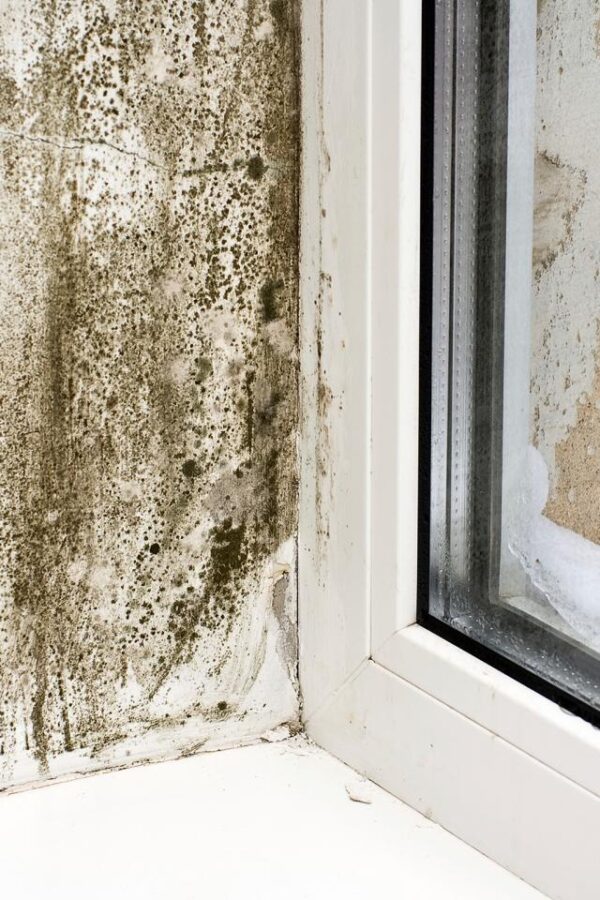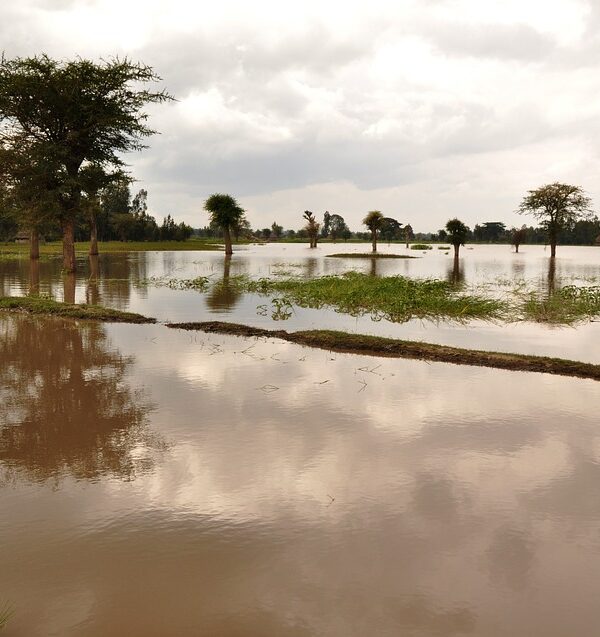Courtesy of iii.org BACKGROUND Cellphones play an integral role in our society. However, the convenience they offer must be judged against the hazards they pose. Their use contributes to the problem of inattentive driving, which also includes talking, eating, putting on make up and attending to children. As many as 40 countries may restrict or prohibit the use of cellphones while driving. Countries reported to have laws related to cellphone use include Australia, Austria, Belgium, Brazil, Botswana, Chile, the Czech Republic, Denmark, Egypt, Finland, France, Germany, Greece, Hungary, India, Ireland, Israel, Italy, Japan, Jordan, Kenya, Malaysia, the Netherlands, Norway, the Philippines, Poland, Portugal, Romania, Russia, Singapore, the Slovak Republic, Slovenia, South Africa, South Korea, Spain, Sweden, Switzerland, Taiwan, Turkey, Turkmenistan, the United Kingdom and Zimbabwe. Most countries prohibit the use of hand-held phones while driving. Supporters of restrictions on …
Safe Cleanup After Water Damage
Courtesy of iii.org Returning to your home after a flood is a big part of getting your life back to normal. But consumers and small businesses may be facing a new challenge: mold. What can you do to get rid of it? How do you get the mold out of your home or office and stay safe at the same time? CDC has investigated floods, mold, and cleanup, and offers practical tips for homeowners and others on how to safely and efficiently remove mold from the home. In 2005, thousands of people along the Gulf Coast were faced with cleaning up mold from their homes after Hurricanes Katrina and Rita. One of our first concerns was to let homeowners and others know how they could clean up mold safely. After Hurricane Sandy in 2012, we teamed up with other federal agencies to provide practical advice on mold cleanup. This guidance outlines what to do before and after going into a moldy building, how to decide if you can do the cleanup yourself or need to hire someone, and how you can do the cleanup …
In Case of Flood
Courtesy of iii.org Floods occur in every region and 90 percent of all natural disasters the United States involve some type of flooding. Minimize the damage and losses from a flood by taking these precautions. Understand flood watches and flood warnings There are different alerts for floods, depending on the type of and immediacy of the potential danger. Educate your family and yourself about your community's flood warnings: Flood watches are issued when rain is heavy enough to cause rivers to overflow. Flood warnings describe the severity of the situation and indicate when and where the flood will begin. Flash flood watches are issued when heavy rain is occurring or is expected to occur. Flash flood warnings are issued when flooding is occurring suddenly. In the event of flash flooding in your area, move immediately to high ground. Take practical measures to protect yourself, your family and your property Preparedness is paramount when it …


